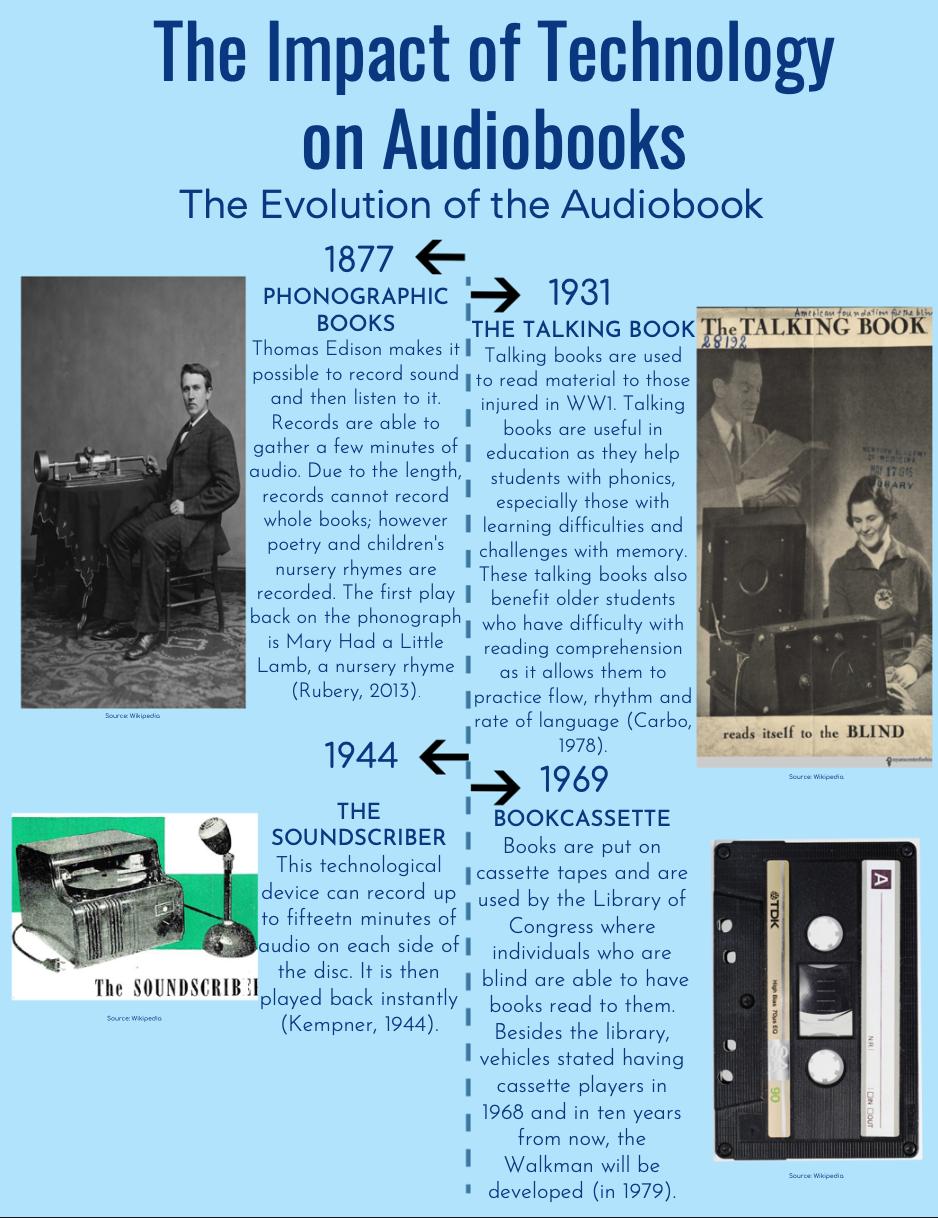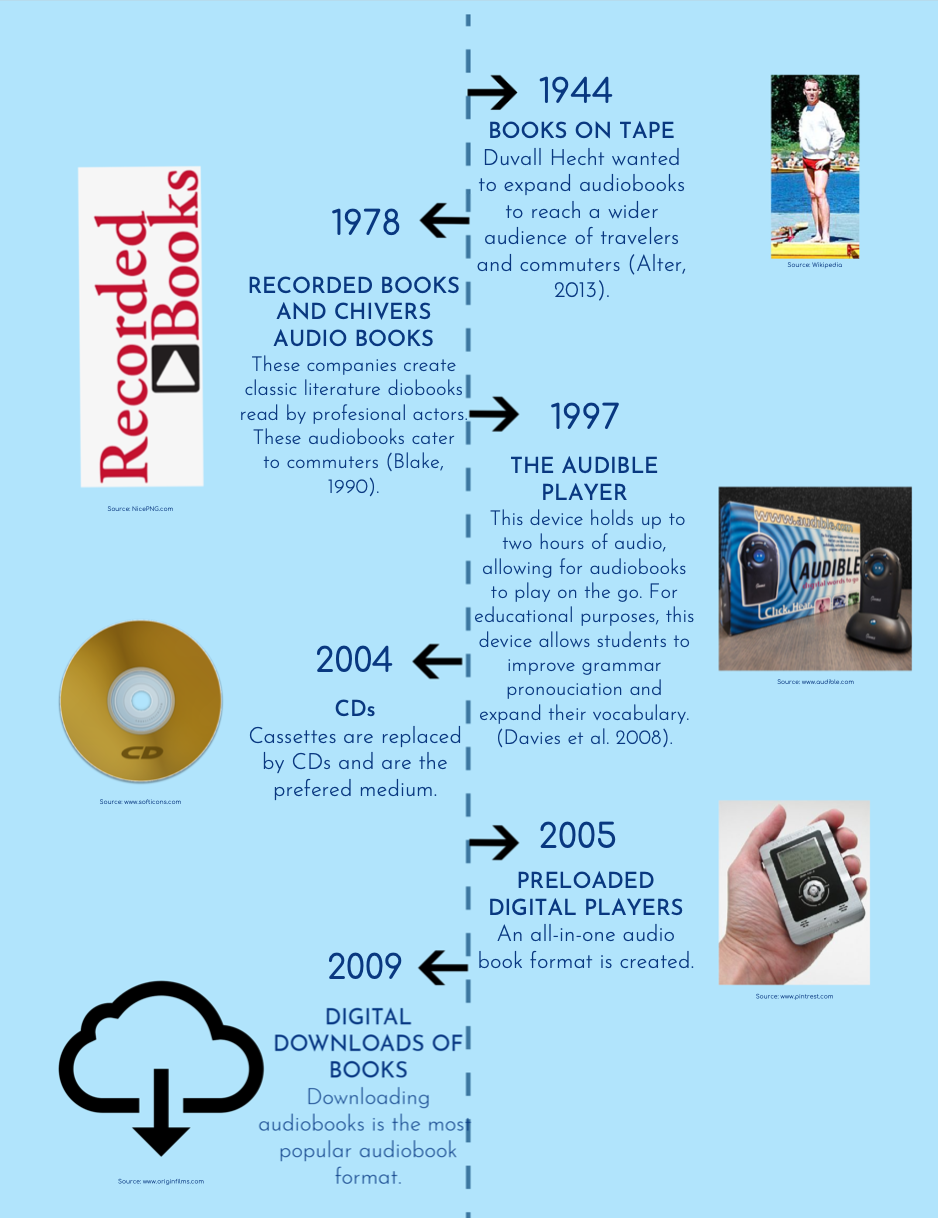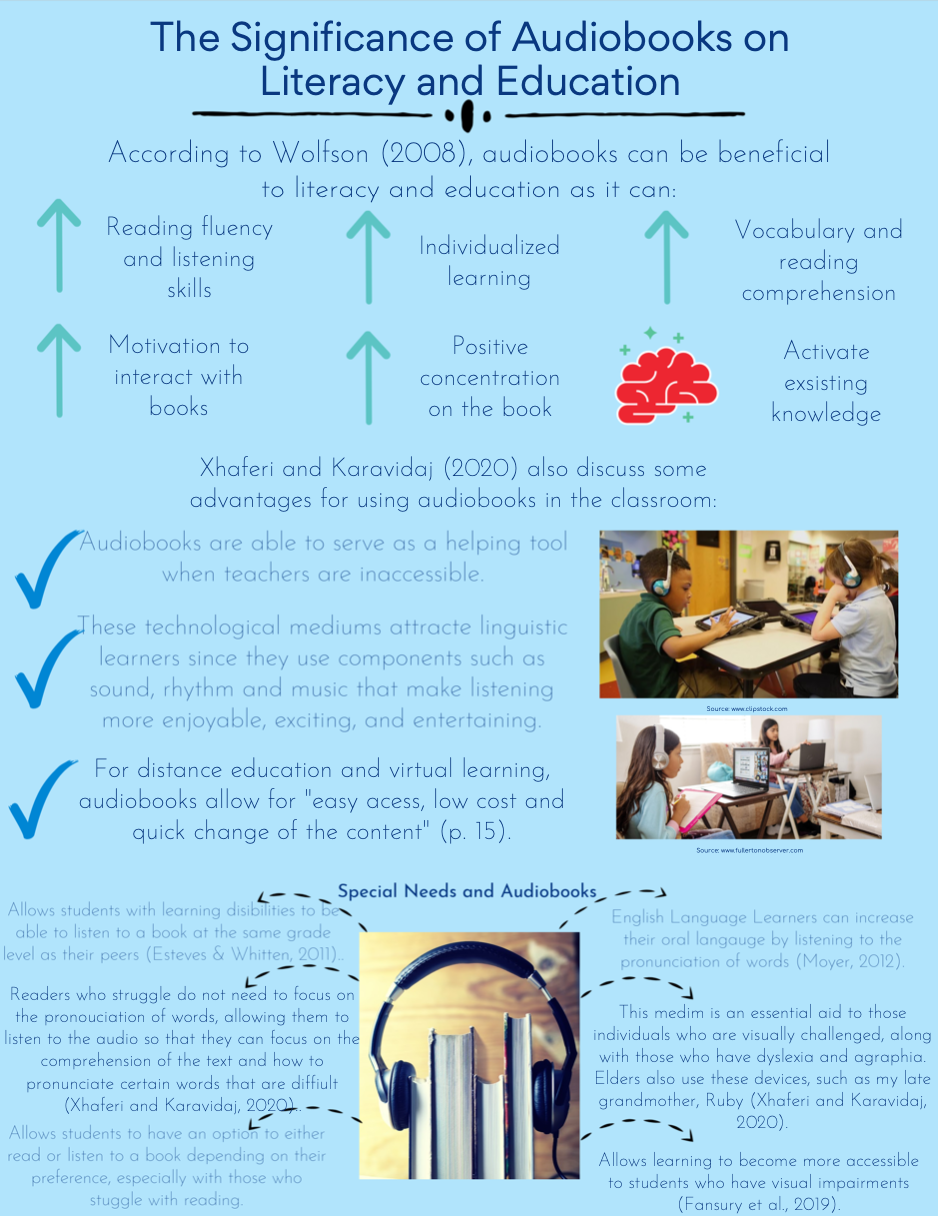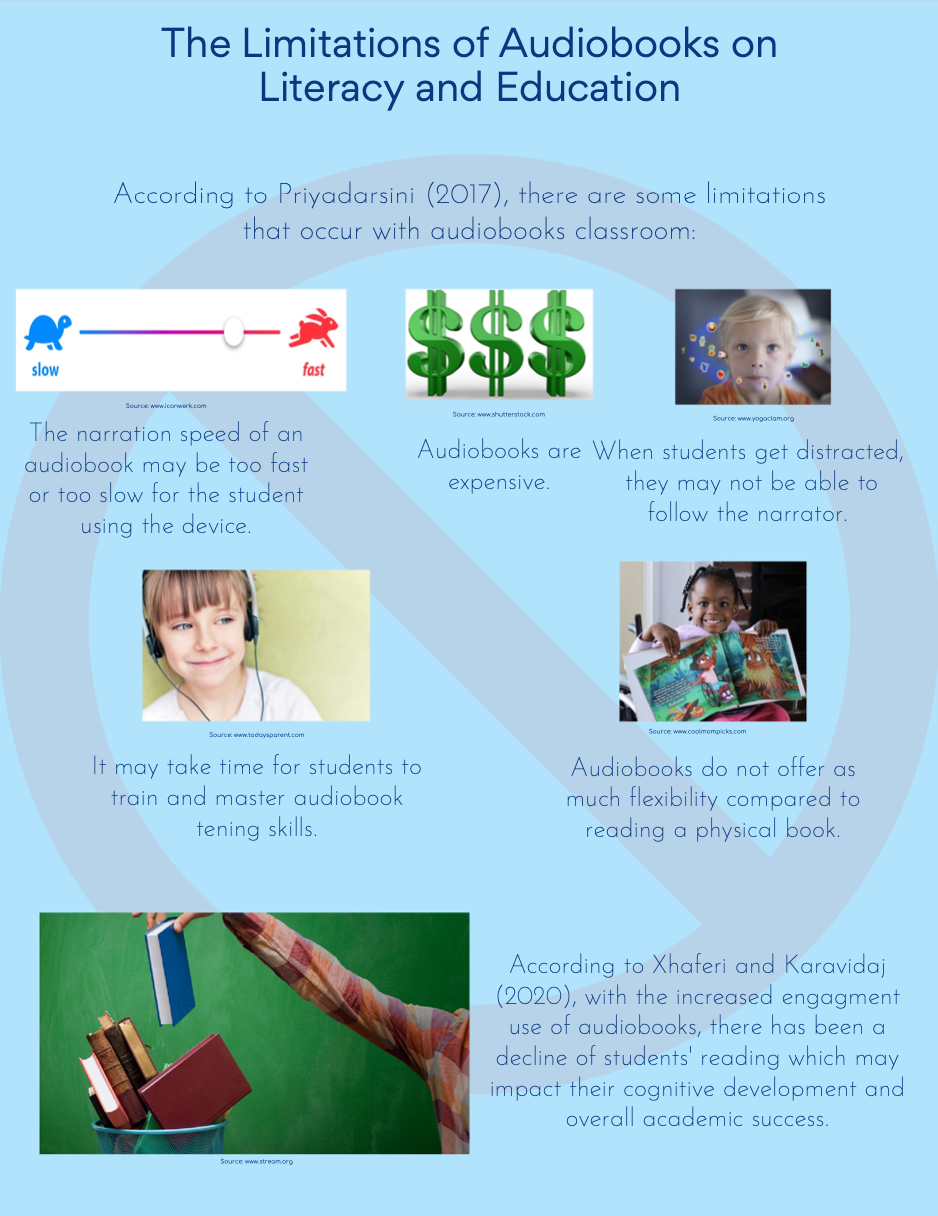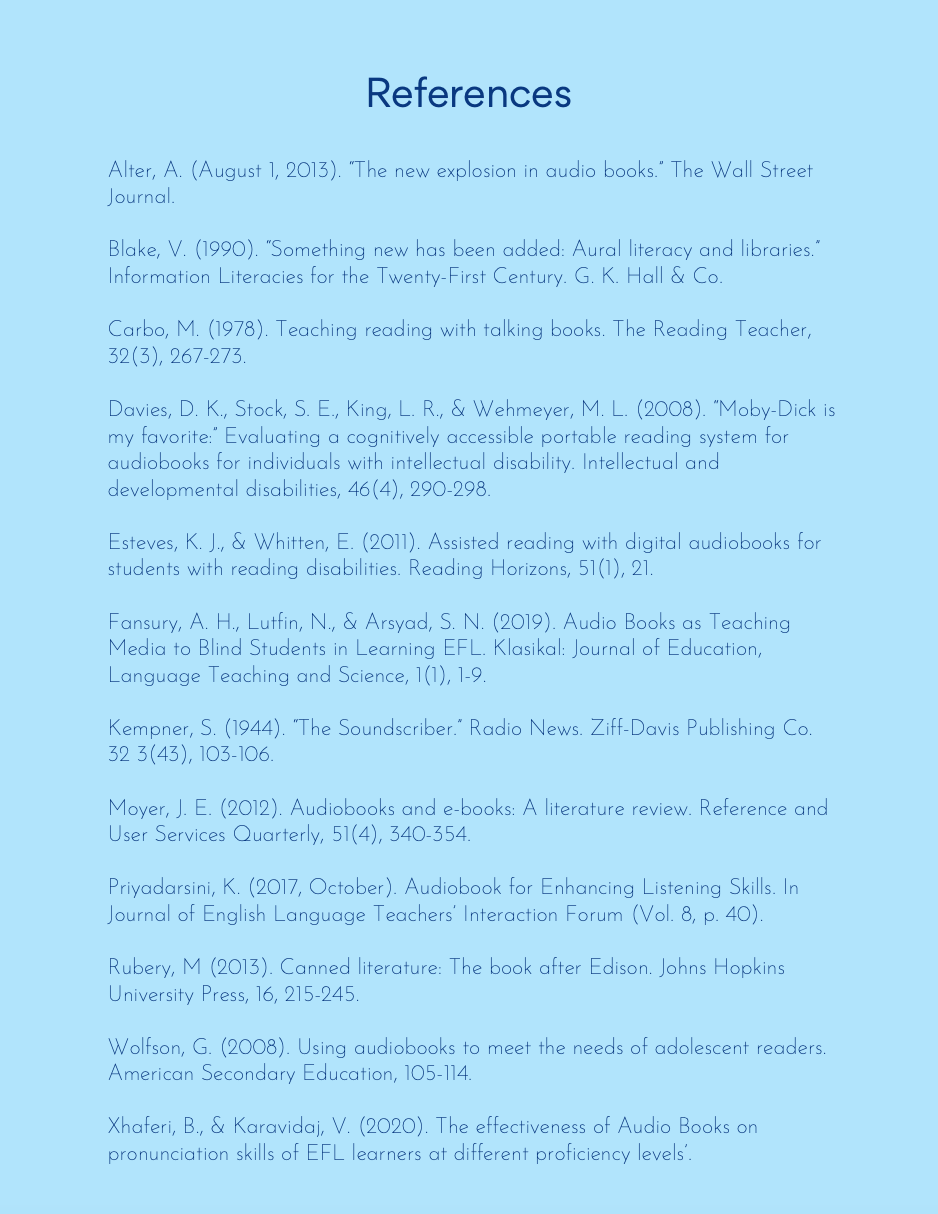Archives: December 2021
Linking Assignment #6
I decided to check out Kate’s Task 12 on Speculative Narratives.
During this task, we had to create two speculative narratives (utopian and dystopian). I struggled to come up with a good narrative for each. I was only thinking of using written output. However, I checked out tons of other people’s pages and I realize that I could have been more creative and have done so much more.
With Kates, I like how she did a simple pictograph that showed these two narratives in a visual mode. One is full of life and green, whereas the other one seems like robots have taken over humanity. I do wish that I could have explored these two worlds a bit more in depth as it felt like it was the cover of what was to be expected in these worlds. I would have liked to know more than just being provided with two sentences that tell readers what Technonia is. I thought I had to click somewhere to be let into this world! Anyway, I wonder how she created these posters. What platform did she use? Is it free? Easy to use? How did she come up with the name Technonia? I have so many questions but I know I will not get the answers to them as this is just a reflection. I wonder if there is a way to make this pictograph poster interactive where viewers could place the curser over a part of the image and up would pop content as to why something is how it is. That would be a neat feature.
I really do not have much more to say, so I guess I will go explore someone else’s Task 12 for another comparison.
I decided to then check out Tanya’s Task 12 on Speculative Narratives.
I haven’t even seen or heard anything yet but I can tell it will be engaging and interesting as I see a comic strip and a video. Yippie!
Tanya’s Utopian narrative is done in a visual and written linguistic mode. I really enjoyed viewing the narrative this way. I was able to look at pictures while reading what each character was talking about. Technology came into play through virtual learning with a hologram teacher, where the character in the story could stop, rewind, and pause when needed. This would be amazing and students would be able to learn at any time of the day that suited them or their parents. I even like how they were able to go onto a virtual field trip. I bet it would have been like the Magic School Bus where the student or students would be able to explore science up close and personal. I love this! This would be amazing if we, as teachers, could somehow do this in the future. Students would be able to understand, comprehend, and grasp knowledge in a way that would be beneficial to their learning and academic growth. I would have loved to see how this virtual field trip would have looked like so that I could imagine it even better than I am now. What a fabulous idea! Tanya used Pixton to create this narrative. This is a platform that I have not heard of but would like to try in the future or introduce to colleagues at work to use with the older grades.
With Tanya’s next narrative, she used Animaker. Again, this is a platform that I have not heard of and would like to try out as it looks like it would be tons of fun to create content in. Having a visual and auditory narrative mode allows the story to come to life as you are able to fully see what it would look like. This world is completely consumed with technology with every aspect, from when the character wakes up, gets food, commutes to school, the teacher is on the computer, the exercise instructor is even on a screen, playing games is all online, and this character seems to have no friends but virtual ones. This is a sad life filled with and overload of technology. Tanya portrayed a great dystopian narrative by using Animaker to make that come to life. It would have been great to see how this character’s friends looked like online. Are they actual computer characters? Are other people playing them? Or are his friends all around the world but only seen through the online world?
Tanya did a great job explaining these two narratives using different modes of linguistics. I am excited that I have now learned about two different platforms that look cool to use and test out!
Linking Assignment #5
I decided to explore Amy’s Task 10 on Attention Economy.
Oh yes, the Attention Economy Task. I feel like I have a love hate relationship with this User Inyerface.
Amy had the same problem that I encountered while trying to get past the first section on this, so called “game.” She had problems with not being able to have a password that was safe enough to continue on. My first question about this is, what browser was she using? I found that in order to progress in this “game,” I had to change browsers, and then I was able to move on from that password error. Did she try switching browsers? I don’t think so. I did not think of this until I came back to my school computer a few days later. At work, I was having trouble with playing audio or something along those lines, however when I switched browsers, it was able to work. So I just figured this was the problem with this game and I was correct. On my computer, Chrome was able to work, whereas Safari did not work. I wonder, too, if this has to do with any updates that are needed to support different sites. I like how in bold, she puts that she even tried using a Cyrillic character, which I tried too. However, I found that adding a Cyrillic character did not matter.
I wonder how Amy would have done if she was able to complete the first section. Would she be able to get through the game or would she encounter other problems?
Linking Assignment #4
I decided to explore Delian’s Task 7 on Mode Bending.
With both of our tasks, I feel like we both had an enjoyable time creating the content!
Delian’s approach was done in a way where she was pretending to be her little red bag. This was such a creative way to portray the content of her bag, the bags feelings, and the bag’s view of the contents that are placed inside this bag. I enjoyed this audio so much as I would not have thought of doing this task in this way. I have never thought about how my bag would feel or what they would say if they had a voice. If I had the time, I would have love to tried this with my bag or any item that I use on the regular. Delian’s mode was done in an audio linguistic way with a narrative, but there were also sound effects at the beginning and the end of the bag unzipping and then zipping up. This allowed me to feel as if the bag was right in front of me. I did like having the picture of the contents of the bag up on the screen so that I was able to visually imagine the what the bag looked like. With mine, I sang a song plus provided the visual. I wonder if I were to background sound effects, would that make my audio linguistic mode more elevated or would it be distracting?
I like how Delian used SoundCloud to record the audio for this task. This is a tool that I have not personally used but would like to use it in the future. When I did this task, I used an app called Voice Memos for recording my content, which was put into a song about the contents in my bag mixed with a typical day.
It was also neat to see how different two people are. Delian clearly loves to do trail running in Hong Kong and the contents in her bag definitely reflect that. Even though I do not know Delian, I feel like with this mode of display, I was able to learn about her through the voice of her red little bag, which is someone who knows her really well. I, on the other hand, am not a trail runner. I may like a hike here and there but you would not guess that from the contents in my bad. I seem studious and focused on my school work and have items that are needed to keep me going.
